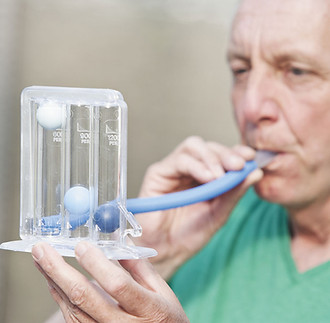The Pulmonary Valve
The pulmonary valve pumps blood from the right lower chamber (right ventricle) into the main pulmonary artery, which branches into the left and right pulmonary arteries so that the blood from the heart can get to both lungs to collect oxygen. Pulmonary valve disease is a condition in which the pulmonary valve doesn’t function properly.
Pulmonary Valve Conditions
Pulmonary Atresia
Tetralogy of Fallot
- Ventricular septal defect – a hole between the left and right ventricle
- Pulmonary valve stenosis – narrowing of the pulmonary valve
- Right ventricular hypertrophy – where the muscle of the right ventricle is thickened
- Overriding aorta – The aorta sits over the left and right ventricles instead of just the left ventricle
Double Outlet Right Ventricle
Pulmonary Valve Failure
Over time, mineral deposits may build up on the valve (calcification), and it may become narrowed and/or leaky. This may happen as it wears out from the pressures of pumping blood.
Pulmonary Stenosis

Pulmonary valve stenosis is a defect where the pulmonary valve, which controls the flow of blood out of the right heart pumping chamber (the right ventricle) to the lungs, is narrower than normal. This means the right ventricle has to work harder to push blood through the narrowed valve to get to the lungs.
Pulmonary Regurgitation

Pulmonary valve regurgitation is where some blood flows backwards in the heart because the valve does not close properly. This causes the heart to pump harder than it should to bring blood to the lungs and the rest of your body.
Symptoms




Treatment Options
Surgical Valve
Replacement
Balloon Valvuloplasty
During this procedure, a thin, hollow tube (catheter) is inserted into a vein (typically in your leg) and guided to your heart. A deflated balloon is placed through the opening of the narrowed valve. Your doctor then inflates
the balloon, which stretches the narrowed valve open so that blood may flow better.
